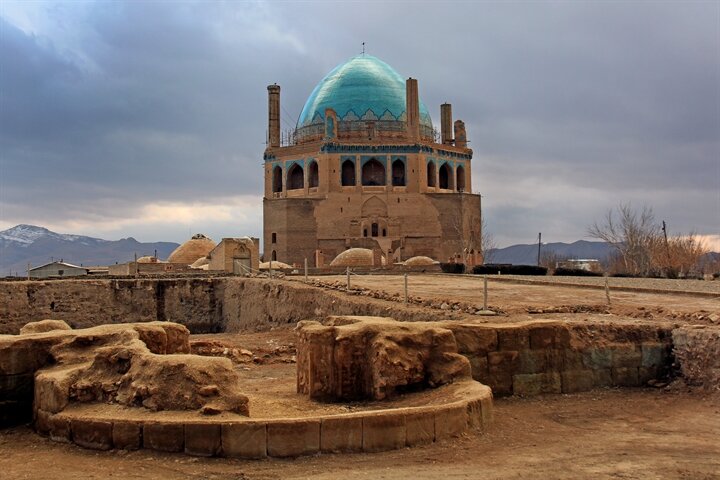Zanjan reopens museums, travel destinations as virus curbs ease

TEHRAN - Some of the museums and tourist attractions across the northwestern Zanjan province reopened their doors to the public on Saturday as restrictions over the coronavirus pandemic have been loosened.
Virus-related health protocols are strictly enforced for visitors, the provincial tourism chief, Amir Arjmand, announced on Saturday.
Zolfaqari Archaeological Museum, Katale-Khor cave, and the UNESCO-registered Dome of Soltaniyeh are amongst the sites which recently reopened, the official said.
Zolfaqari museum is famed for showcasing some ancient salt men and their belongings. In 2006, the former historical mansion of Zolfaqariha was converted into a museum to house the ancient mummies, along with more than 2,000 registered items and relics. The four salt men are the most unique items of the museum, which are preserved in special windows.
Meaning “Mountain of Sun”, Katale-Khor, a limestone cave full of natural crystals, is said to date back to the Jurassic era, some 120 million years ago, so that it has embraced lots of natural and artificial changes during this lengthy period. The cave was reportedly discovered some seven decades ago by a group of Iranian cavers.
The UNESCO-listed Mausoleum of Oljaytu, which is commonly known as “Dome of Soltaniyeh” (Soltaniyeh Cupola), is one of Iran’s must-visit destinations for those interested in traditional Persian and genuine Islamic architecture. The mausoleum is surmounted by one of the largest brick domes in the globe, though some mistakenly refer to it as “the largest dome in the world”.
Zanjan is one of the cities founded by Sassanid King Ardashir I (180-242 CE). The province makes a base for wider explorations with the architectural wonder of Soltaniyeh, the subterranean delights of the Katale-Khor caves, colorful mountains, and the UNESCO-registered Takht-e Soleiman ruins are nearby.
ABU/AFM
Leave a Comment